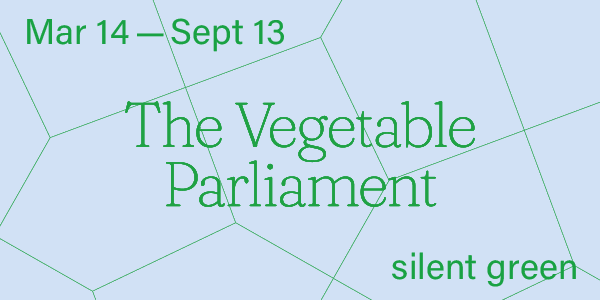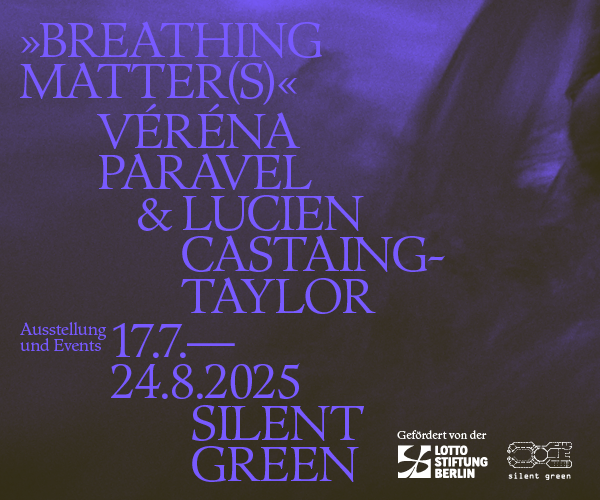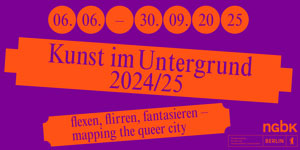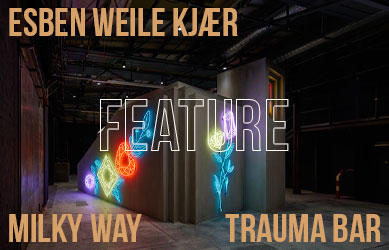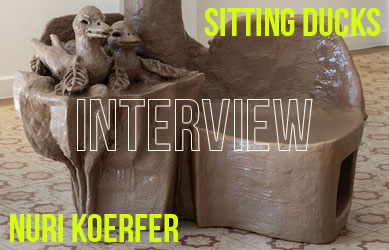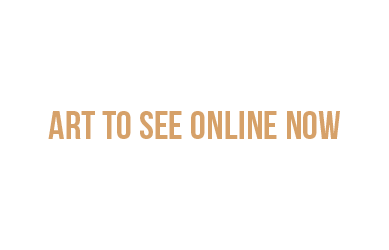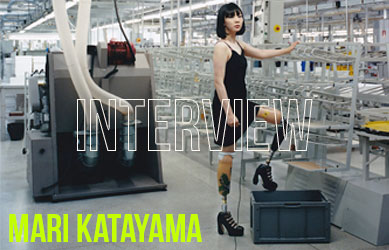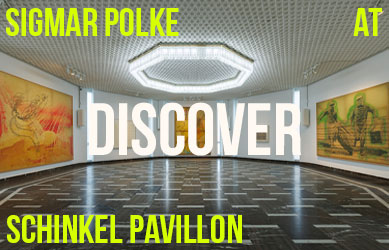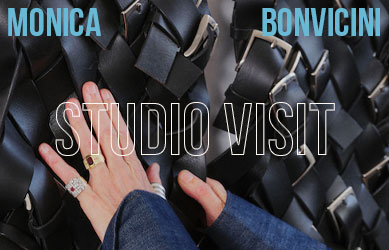by Josefin Granetoft // July 15, 2025
One of the first things I notice when entering the space is a discarded piece of paper—a candy wrapper—crumbled up on the floor. Trash. It’s a minor occurrence, but in the almost empty space, it stands out. Tape lines mark the floor, and cracks and holes punctuate the walls. Dust gathers in the corners. Ghislaine Leung presents the ground floor of Neuer Berliner Kunstverein (n.b.k.) “left as it is.” This austere presentation follows a score—a short, written instruction by the artist—titled ‘Maintenance.’ The trash on the floor isn’t there by accident or neglect, but is a direct result of the work stoppage prompted by Leung’s instruction. From the first day of installation to the end of the show, no repairs or maintenance are allowed.
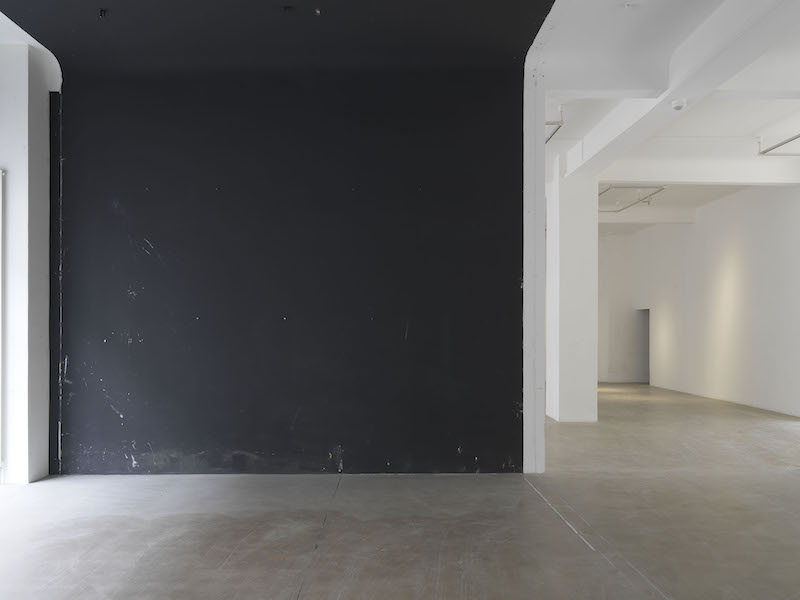
Ghislaine Leung: ‘Reproductions,’ 2025, installation view, Neuer Berliner Kunstverein (n.b.k.) // © Photo by n.b.k. / Jens Ziehe
The exhibition includes two scores, both of which strip back and lay bare the backbone of the institution. Leung only delivers the score; the realization is interpreted and carried out by n.b.k. staff. For ‘Maintenance,’ several drywalls at the back of the gallery have been removed, revealing a row of windows that had been covered for years. The white cube unsealed, light floods the space. Residues of past exhibitions and installation work are exposed. But the work isn’t so much about what we see, as what has been removed: the routine and preparatory labor normally carried out by the staff before and during the exhibition. Building walls, installing lights, repainting and continuously preserving the space. Like cleaning, it all goes unnoticed, until the dust settles and trash starts piling up.
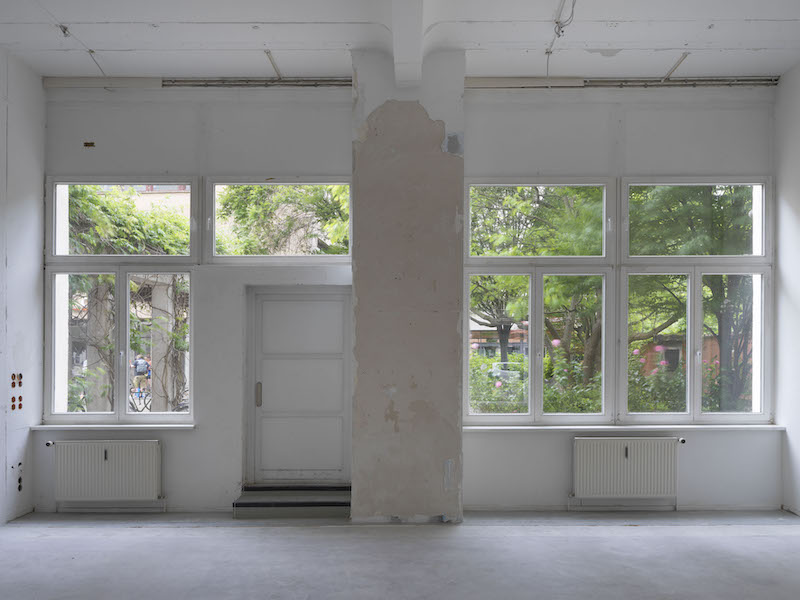
Ghislaine Leung: ‘Reproductions,’ 2025, installation view, Neuer Berliner Kunstverein (n.b.k.) // © Photo by n.b.k. / Jens Ziehe
I work at an art institution myself, and recently had a conversation with my mother about what I *actually* do at my job. I jokingly told her that almost half of it is just updating Excel sheets. She was surprised to learn about all the stuff that happens behind the scenes—the logistics, the bureaucracy, the back-and-forth with insurance and customs—she had never really thought about it. I think about this when I see Leung’s second score, ‘Budget’: a spreadsheet painted directly onto the wall. It’s the exhibition budget, listing expenses from production and installation costs, to advertising, documentation and honorary fees. Leung’s working method is resource-efficient: there’s very little production and transport involved, and she effectively shifts the burden of production from herself to the institution. At the same time, she makes her work reflect the joint effort of the institution.
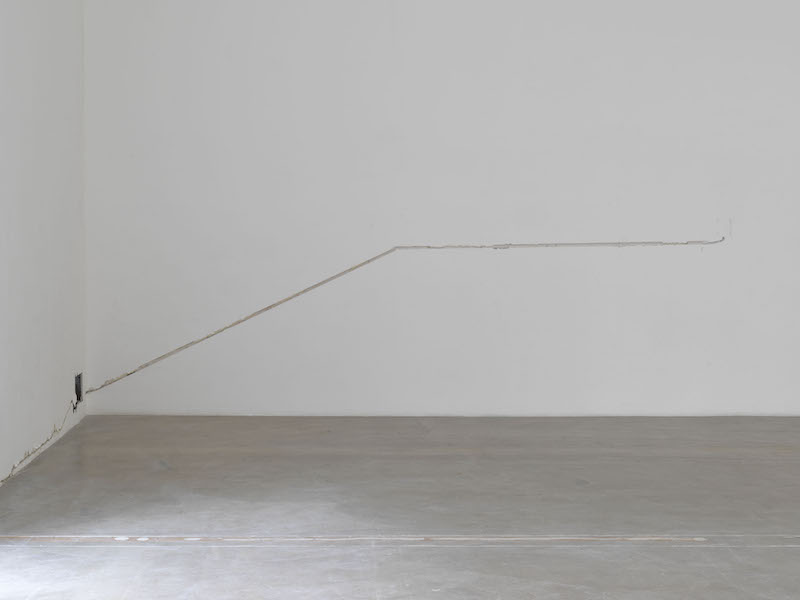
Ghislaine Leung: ‘Reproductions,’ 2025, installation view, Neuer Berliner Kunstverein (n.b.k.) // © Photo by n.b.k. / Jens Ziehe
Leung works in a tradition of institutional critique: practices that examine and critique the structures and systems of the art world. But her work isn’t so much about critiquing or exposing the institutions, as highlighting their limitations, inner dependencies and ultimate fragility. It has me thinking of Mierle Laderman Ukeles’ iconic work from the early 1970s, where the artist scrubbed the floors and buffed the display cases of museums as a performance piece. As Ukeles famously said: “Maintenance is a drag; it takes all the fucking time.” Yet it’s absolutely necessary for the upkeep of life (and art). Whereas Ukeles dragged maintenance into public display, into the space of art, Leung moves between exposure and withdrawal. Yet she too draws attention to the structures that sustain cultural production—labor that is typically hidden, undervalued or erased.
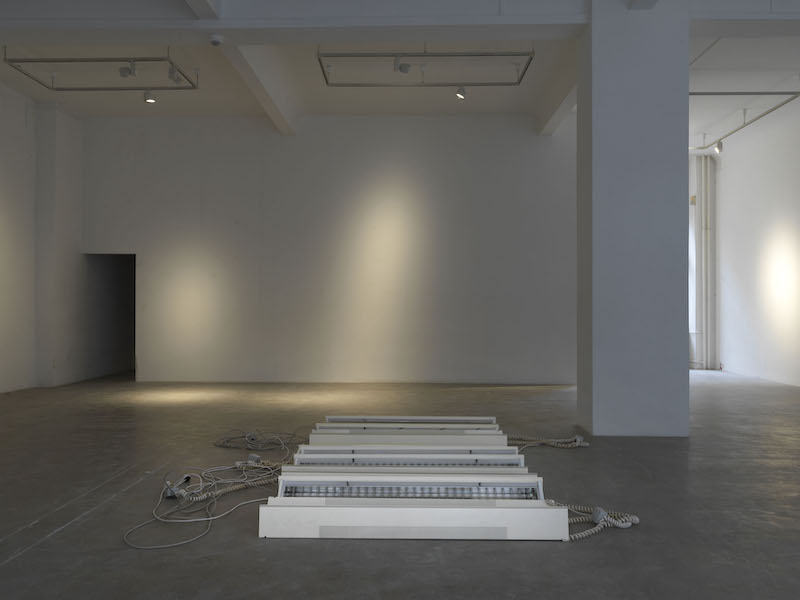
Ghislaine Leung: ‘Reproductions,’ 2025, installation view, Neuer Berliner Kunstverein (n.b.k.) // © Photo by n.b.k. / Jens Ziehe
This brings me to another pressing topic: money. Art was always a precarious business, but it’s especially felt in Berlin right now. The exhibition opened around seven months after the city senate announced its axing of the cultural budget, effectively pulling the rug out from under many institutions. The last five identical works of the exhibition, all titled ‘Edition,’ turn to the economic structures that support institutions like n.b.k. They consist of “objects no longer in n.b.k. use”: five office ceiling lights found in storage, which are now displayed on the floor and available for purchase like regular artist editions. It’s a common model for Kunstvereine (non-profit art institutions) and provides another source of income besides public funding (at n.b.k., the sale profit is split 50/50 between the institution and the artist). What’s curious here is that the editions are part of the show, and if purchased, will be removed from the exhibition space. Rather than a purely pragmatic gesture, Leung’s intervention reads like a comment on artistic and institutional survival under current cultural politics. No money for art? We’ll make do with what we have. And instead of endlessly making, maintaining and exhibiting without fair compensation, perhaps we should just leave the white cube to its slow demise, and go outside.
Exhibition Info
Neuer Berliner Kunstverein
Ghislaine Leung: ‘Reproductions’
Exhibition: June 7-Aug. 3, 2025
nbk.org
Chausseestraße 128-129, 10115 Berlin, click here for map


